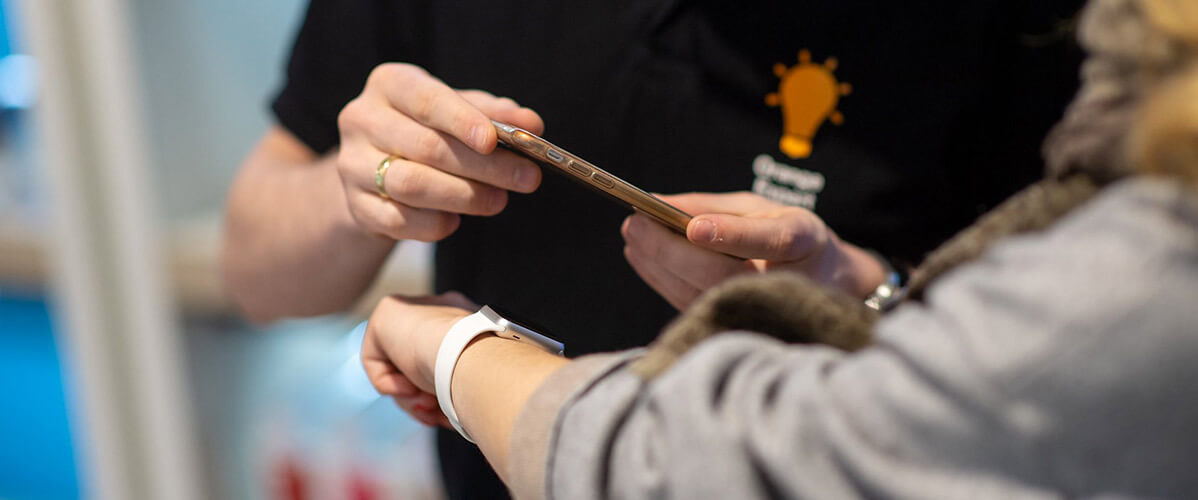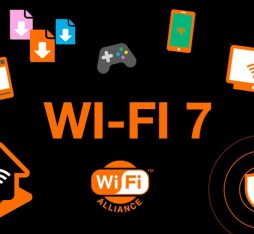In two to four years, the first smartphones equipped only with an eSIM should appear on the market. By 2030, all smartphones will be equipped with eSIMs.
A small revolution is on its way right at the heart of our terminals, smartphones, smart watches, tablets, and the like. This next-generation SIM card can no longer be removed but is soldered straight into the device when it is assembled. Now the operator profile, which can be configured and downloaded from secure eSIM platforms, enables more flexible access to mobile network services (calls, SMS, internet, etc.).
With this new technology in which Orange is highly involved, customers will be able to significantly speed up the setting up of their equipment on the mobile network. They will, of course, still be able to go into an Orange boutique to activate their profile with the help of an assistant if they so wish, but they can also do it themselves online. To activate their eSIM profile, customers will for example scan a QR code from a secure menu on the device or download the operator’s application. Other eSIM activation techniques are being explored by device manufacturers. The days of waiting between subscribing and receiving a SIM card will be a thing of the past.
By 2030, 100% of devices will have eSIM
The eSIM market will only really speed up through the smartphone, an unbeatable vehicle for democratising new usages, with more than 1.4 billion units sold each year worldwide. “The very first hybrid devices equipped with both a SIM card and an eSIM are already appearing on the market. Manufacturers are responding to a market trend around the dual SIM (two SIMs in one device), whilst laying the foundations, familiarising the user bit by bit with this new technology”, specifies Philippe Lucas, Strategy Director, Orange Architecture and Standardisation. “In two to four years, the first smartphones equipped only with an eSIM should appear on the market. By 2030, all smartphones will be equipped with eSIMs”, he believes.
The question of security remains a major issue. Downloading operators’ profiles via an internet access, for example with WiFi, can worry some people. “Orange’s security experts are deeply involved in writing the specification about security, just as they are in the certification process defined at the GSMA level. Orange has been de facto a major player and leader in this area since the beginning”, ensures Christine Lemoine, Orange’s eSIM Program Manager who took part in the first eSIM Proof Of Concept (POC) in 2014-2015, enabling the launch of standardisation work at the heart of GSMA.
“In view of the sensitivity of the data, the operators’ security departments, in particular at Orange, have carried out the work with the utmost vigilance to ensure that there is no risk of hacking”, adds Philippe Lucas. He specifies that all devices follow the standard and its “security” rules by being certified by the GSMA (phase II). Currently, a third version is under development to provide new functionalities (management of subscriptions by businesses, secure configuration of eSIM from an application installed on one’s device, etc.).
Facilitating digital connectivity of new devices
New devices, called secondary or companion devices, such as watches, tablets, and even computers, are being fitted with eSIM cards. It will be possible for these to be connected to the same mobile service as that of the customer’s smartphone. The customer can thus use their mobile number and plan on different devices. The aim is to facilitate connectivity of these new devices in a completely digitalised manner. “Orange’s customer experience experts imagine and optimise the digital pathways of tomorrow, which are built in close cooperation with the group’s standardisation managers and IS (information systems) experts, but also with the device manufacturers themselves”, explains Christine Lemoine.
Orange has already launched several connected watches from different manufacturers, to enable its customers to remain reachable and connected in all circumstances, even without a smartphone. “The United States and Korea have recorded good launch successes”, notes Philippe Lucas. Japan achieved the performance of selling one million tablets equipped with eSIMs in one year. And for tomorrow, operators are already working on this new technology in the autonomous, connected vehicle.







